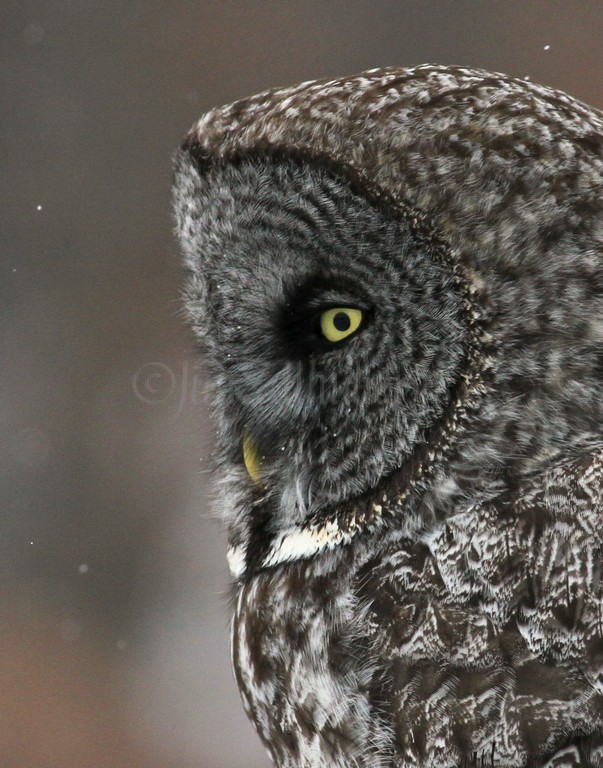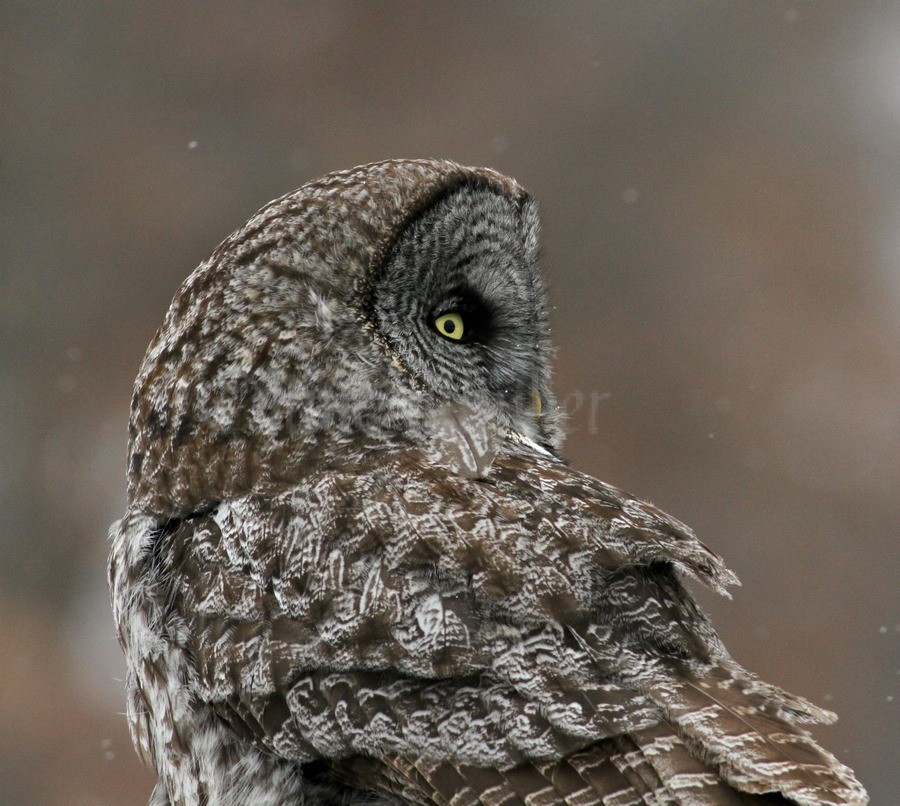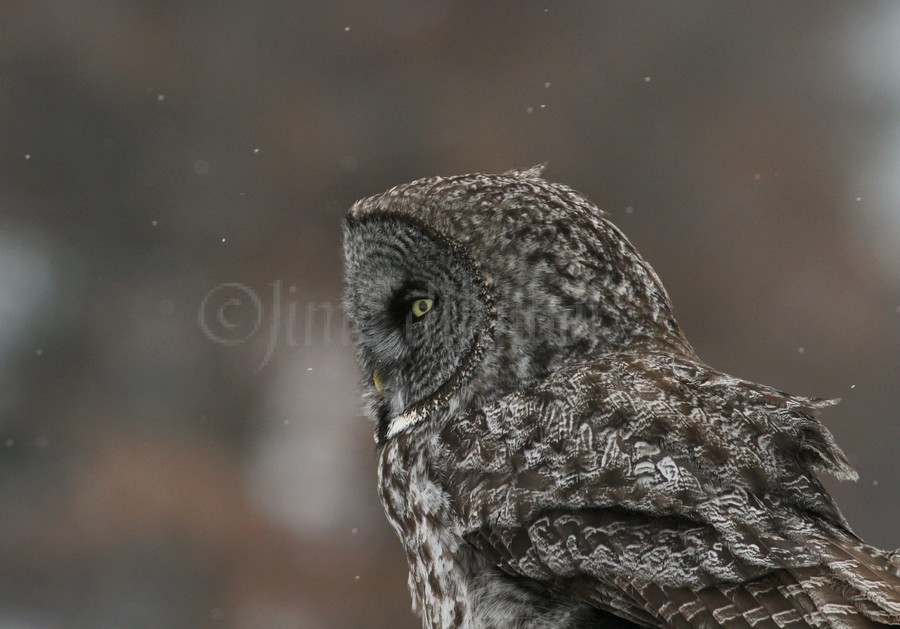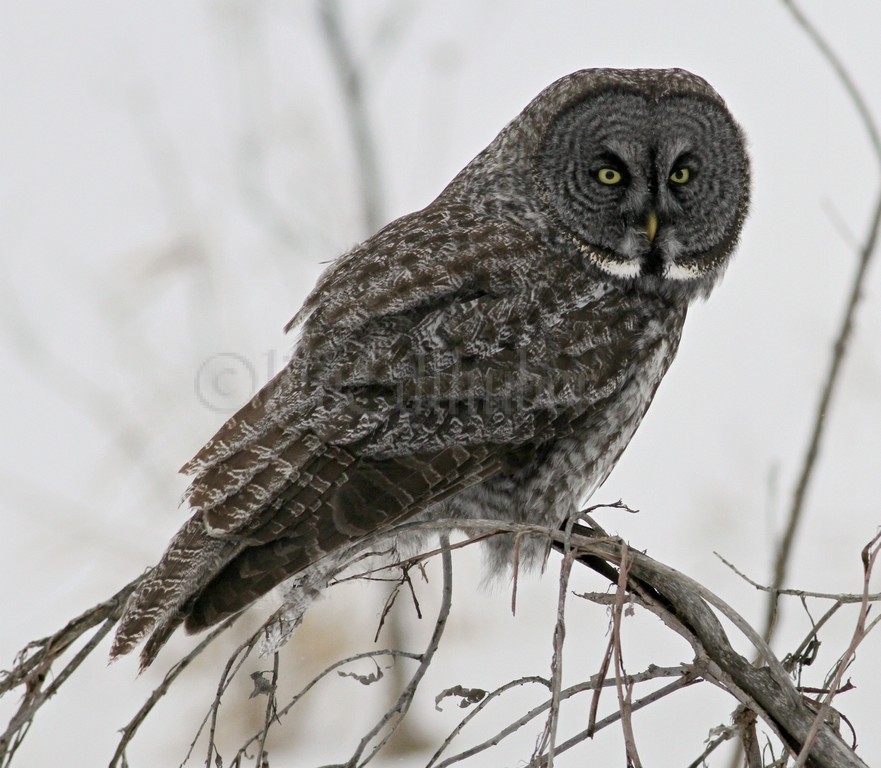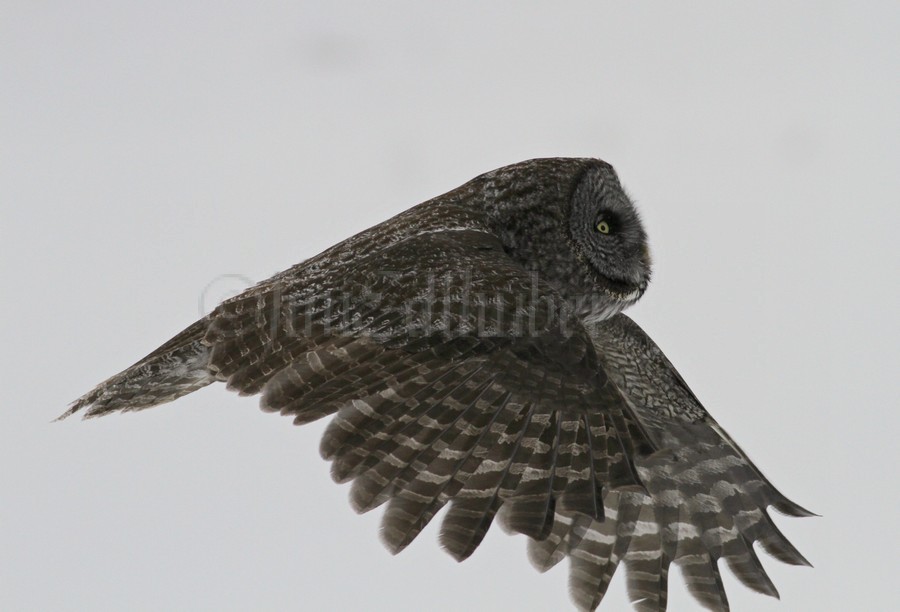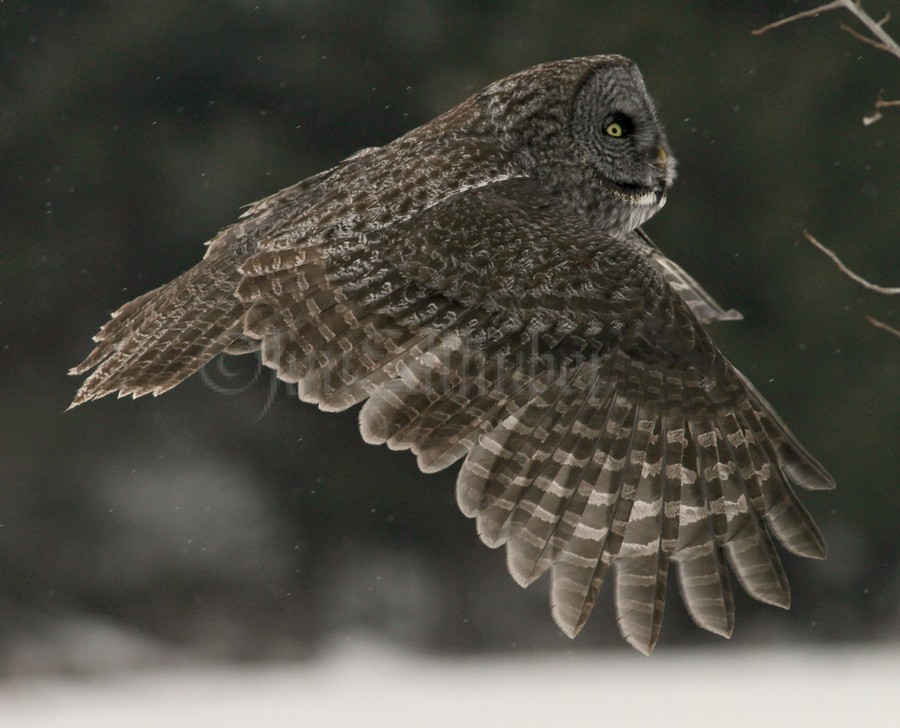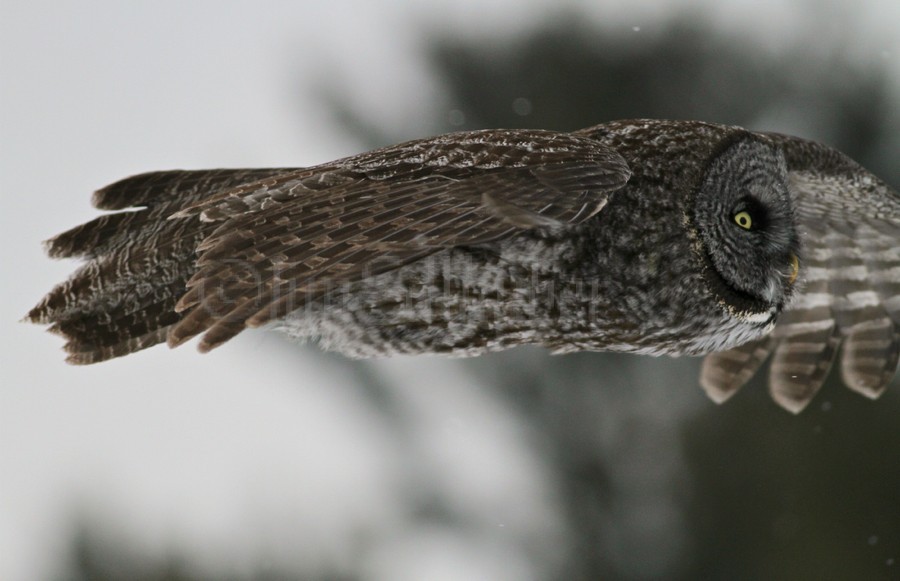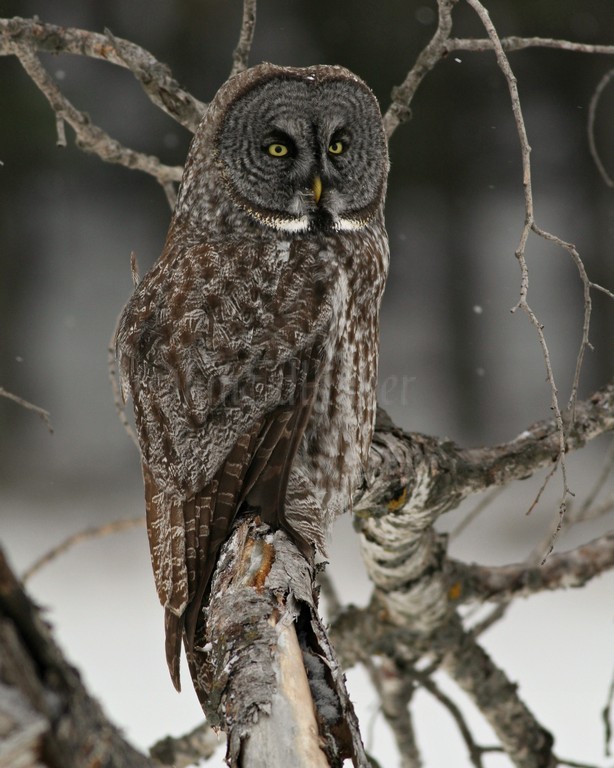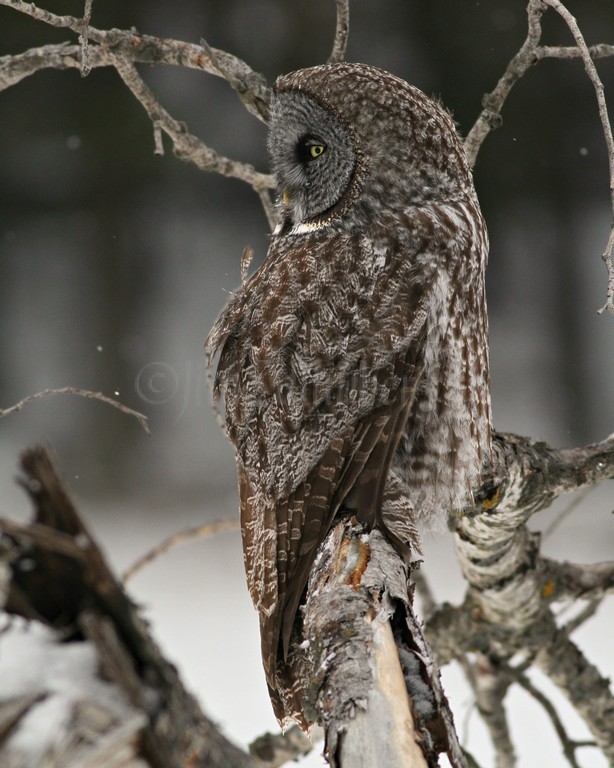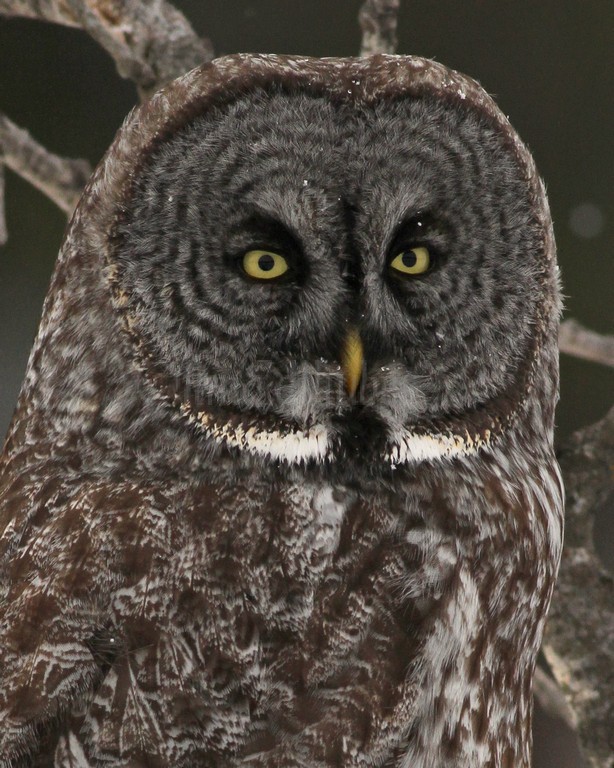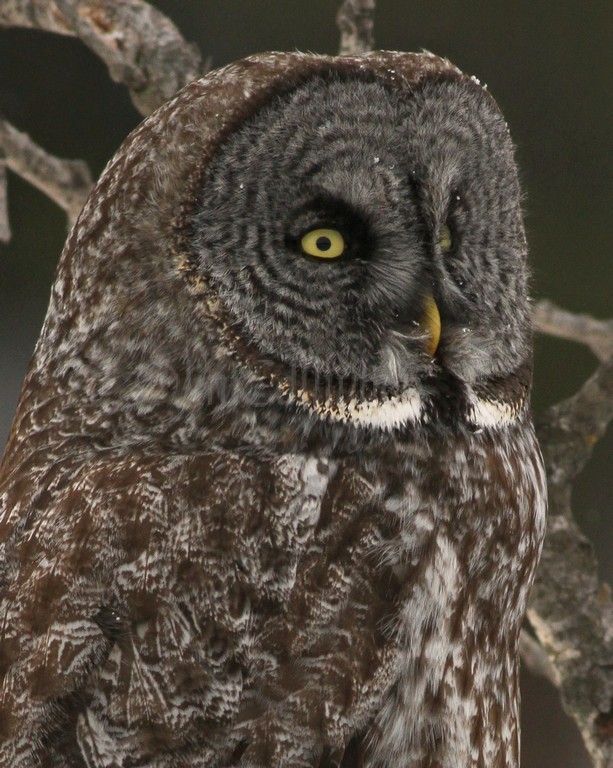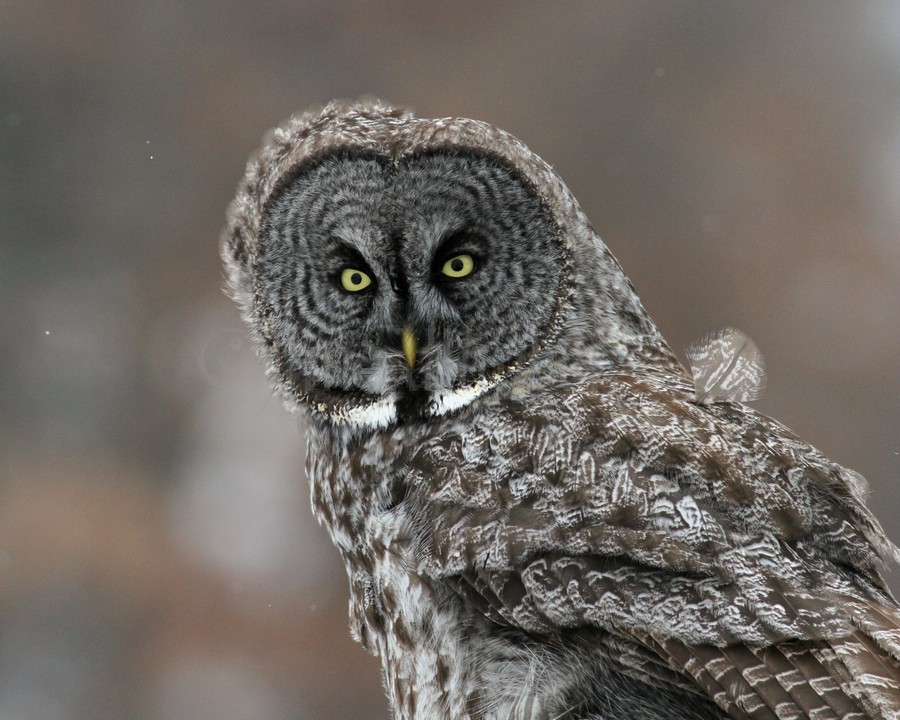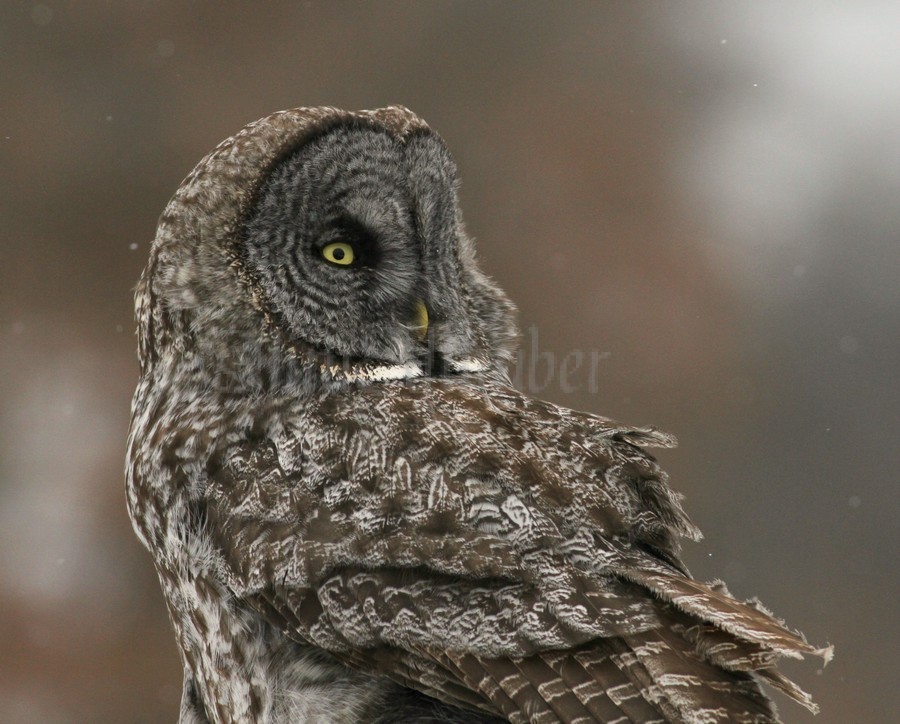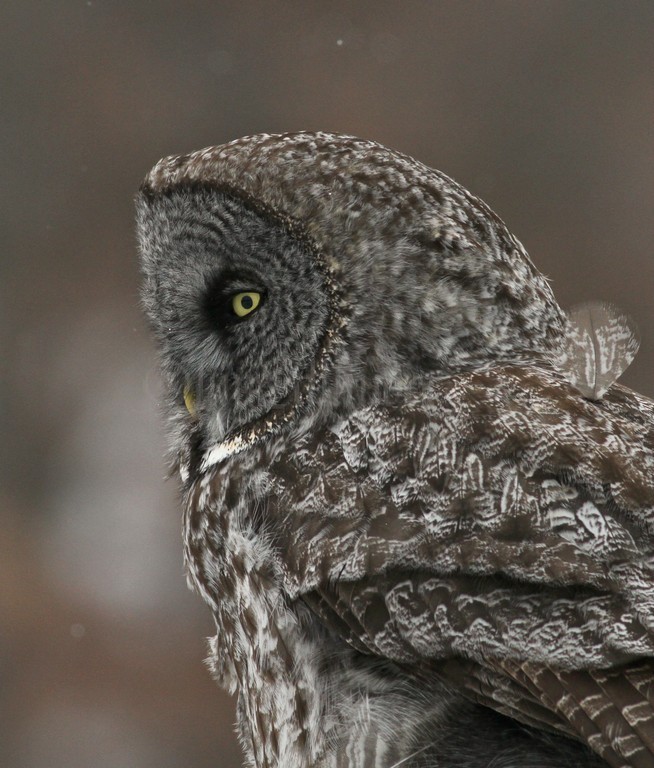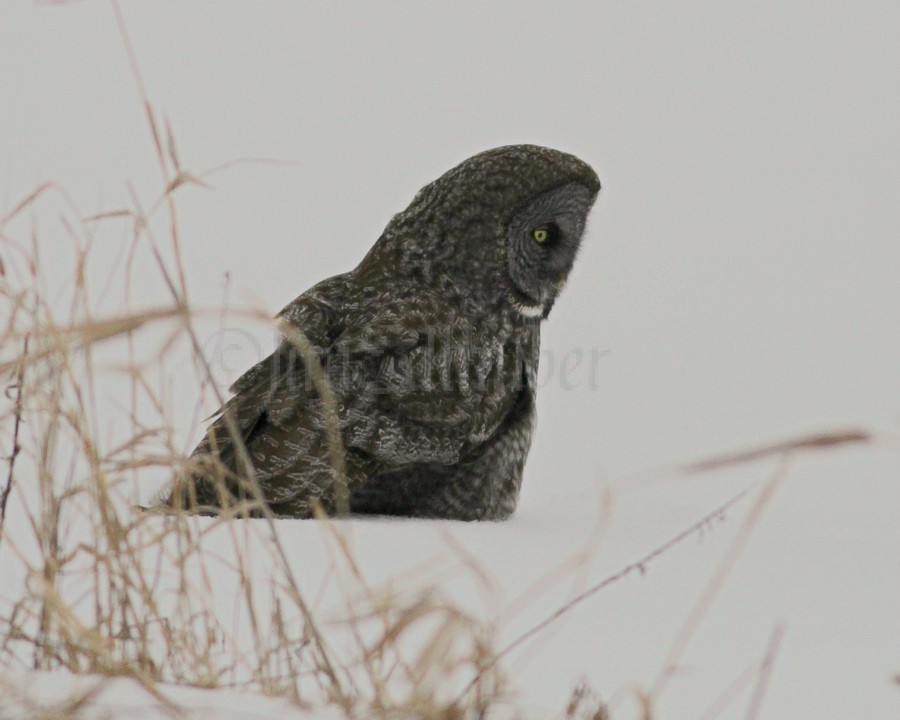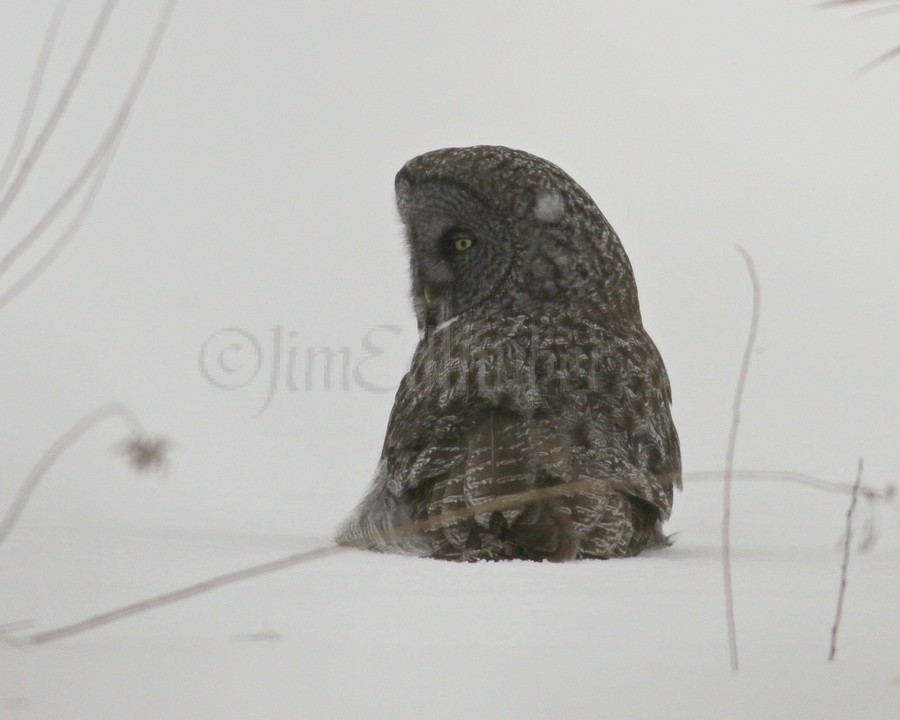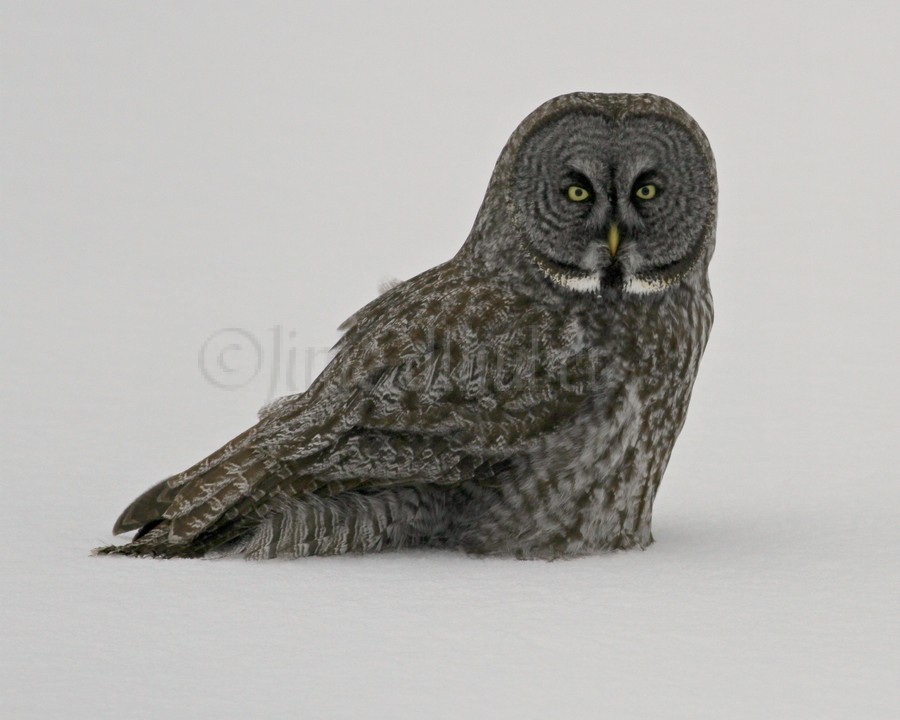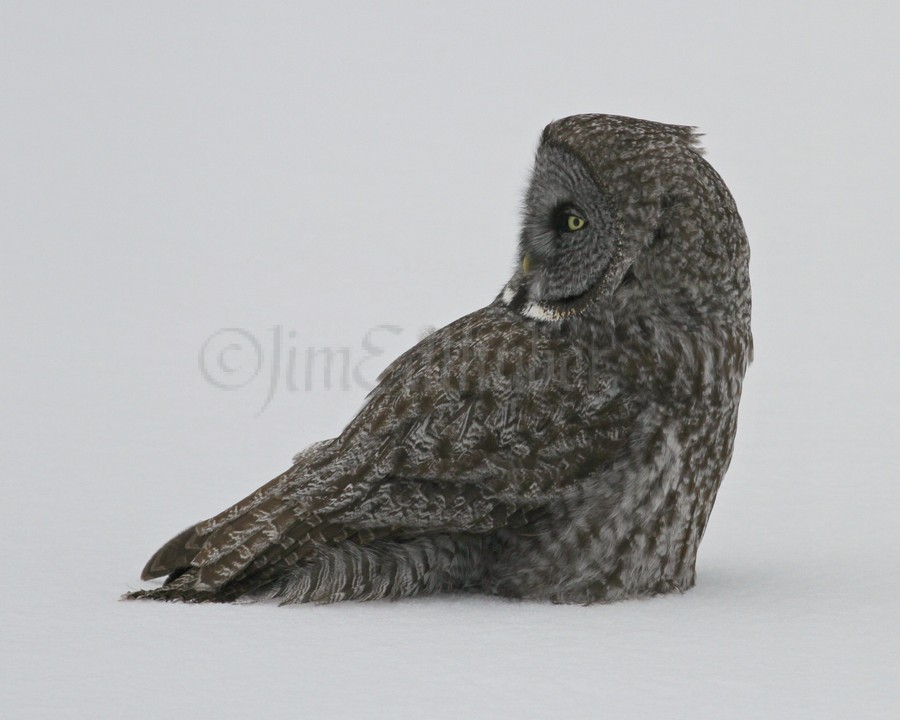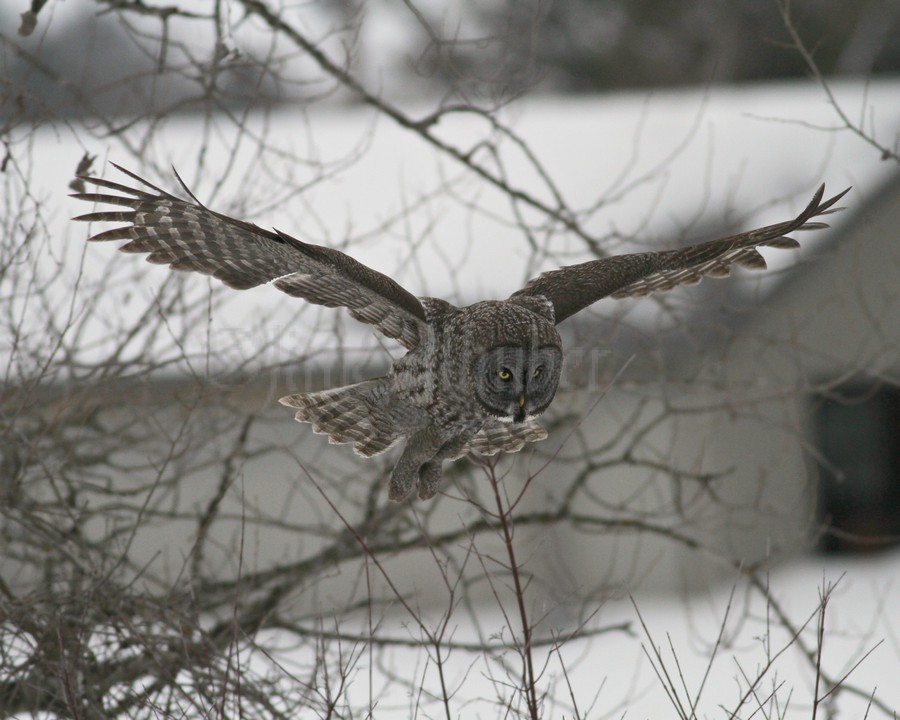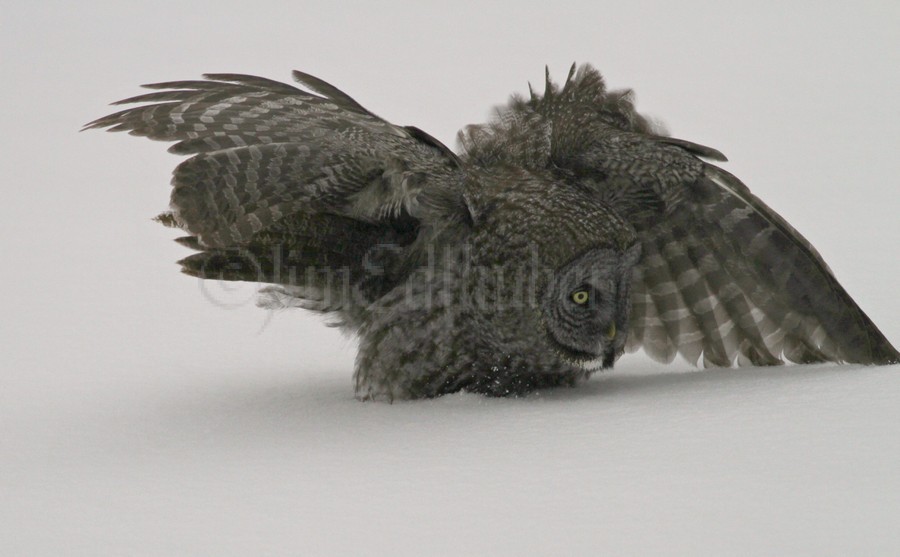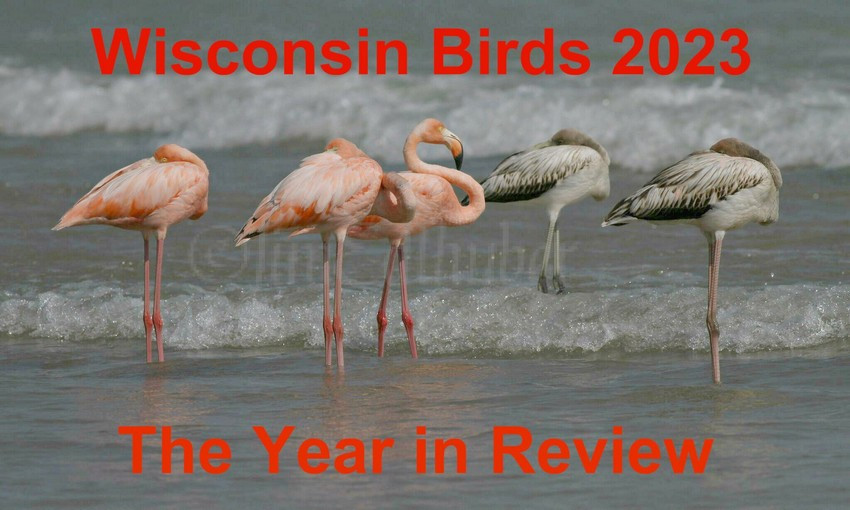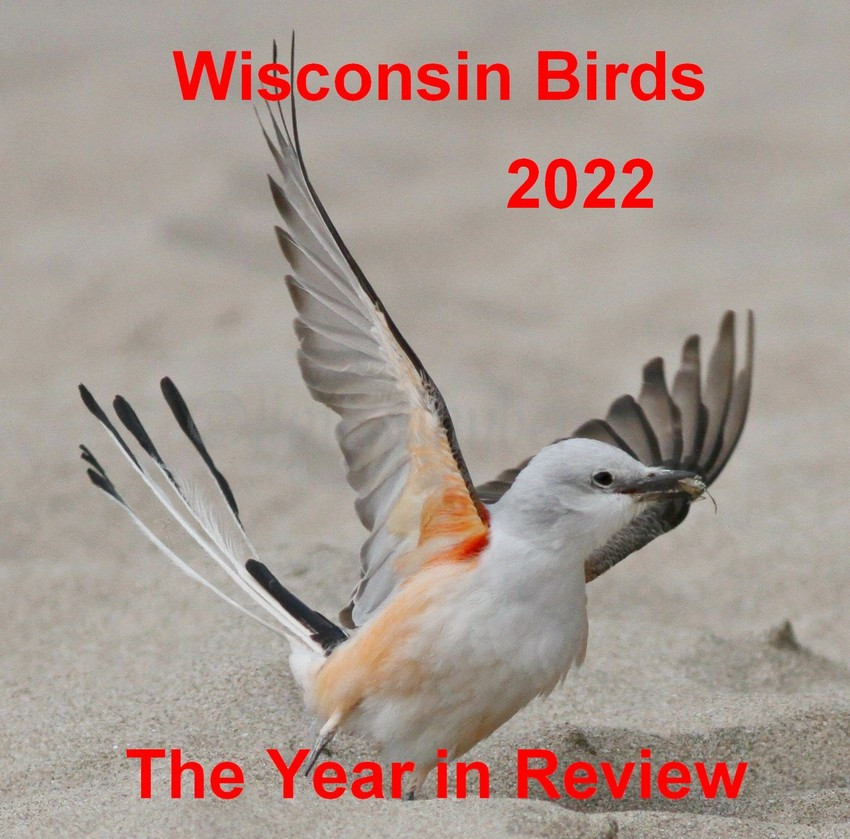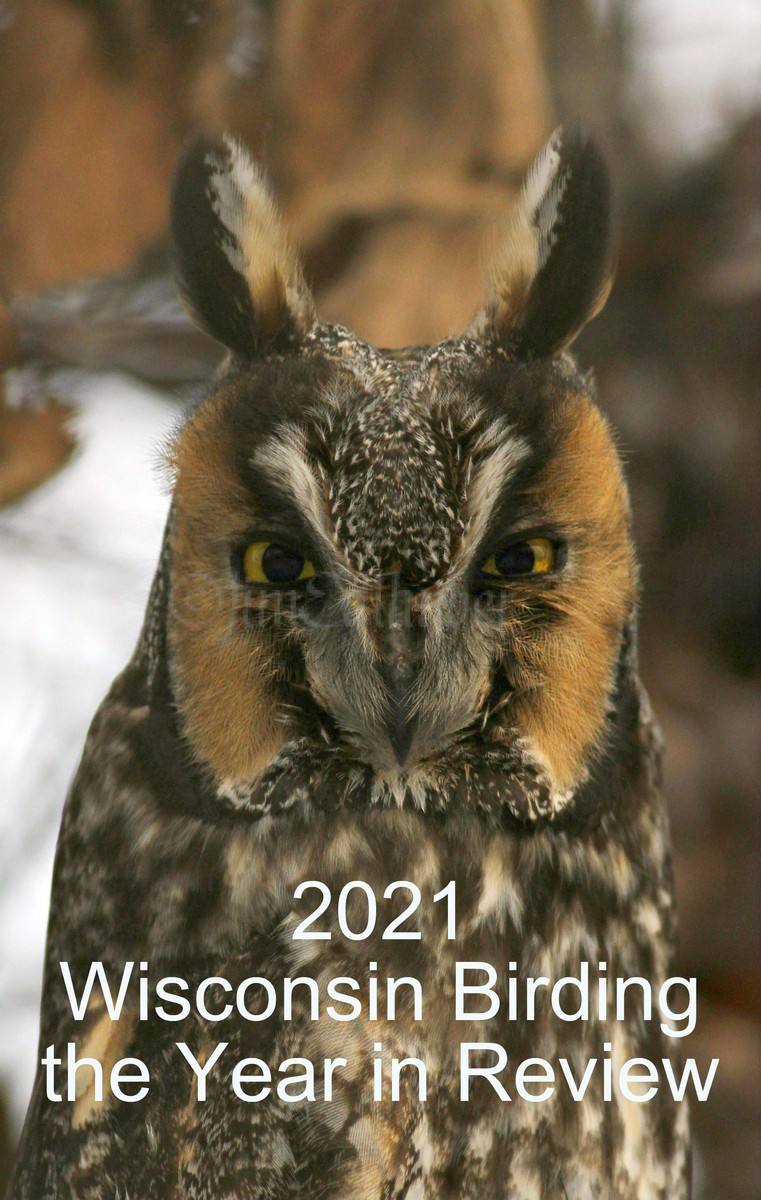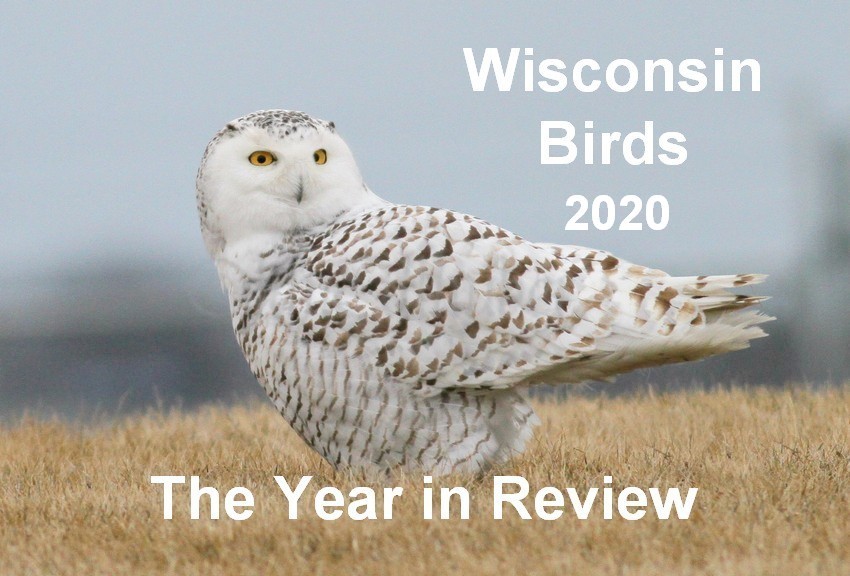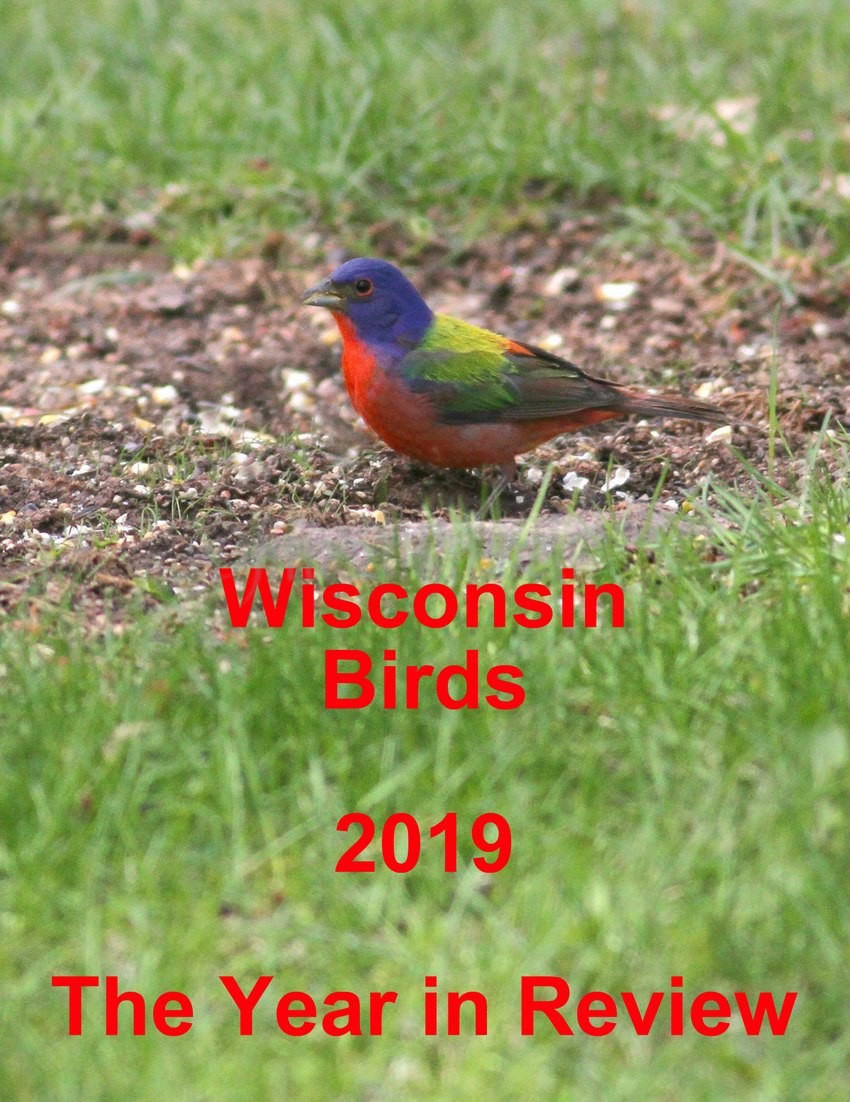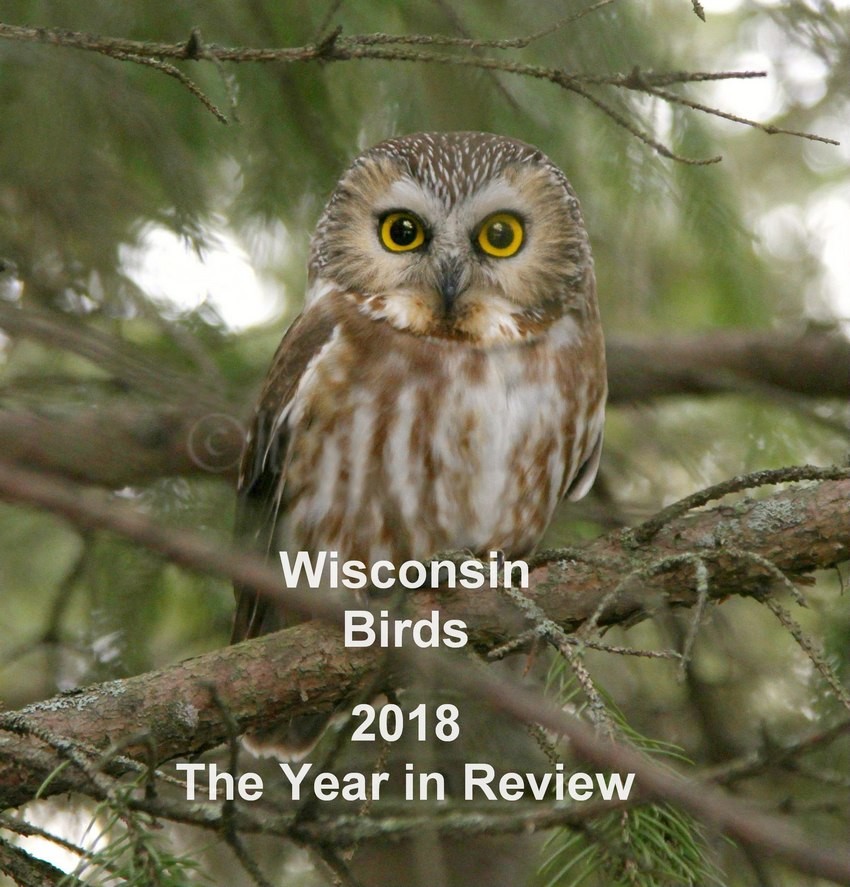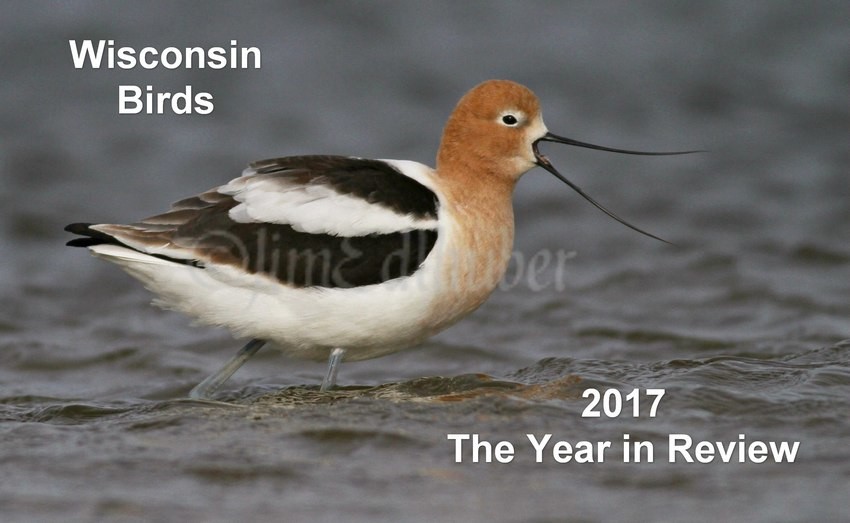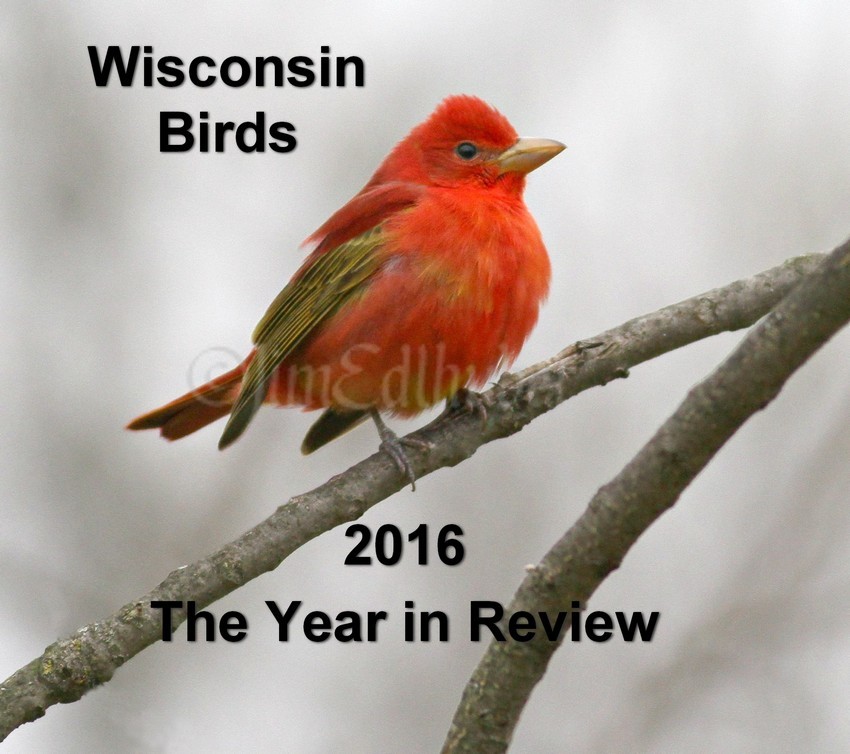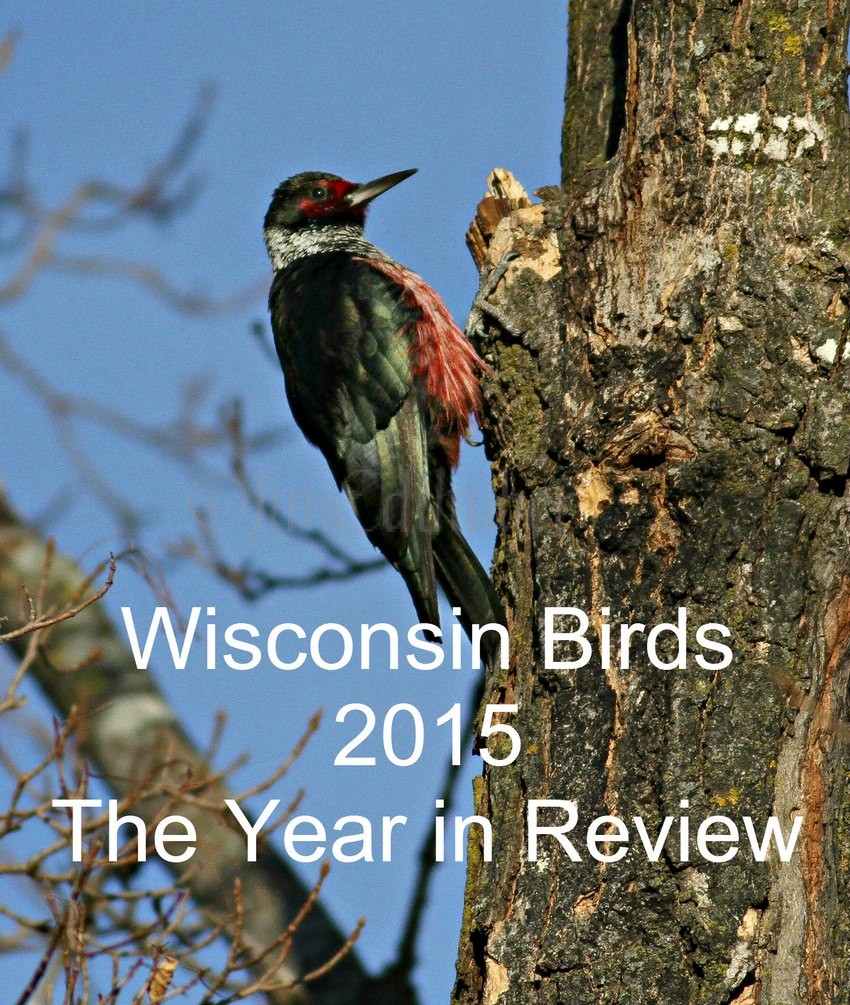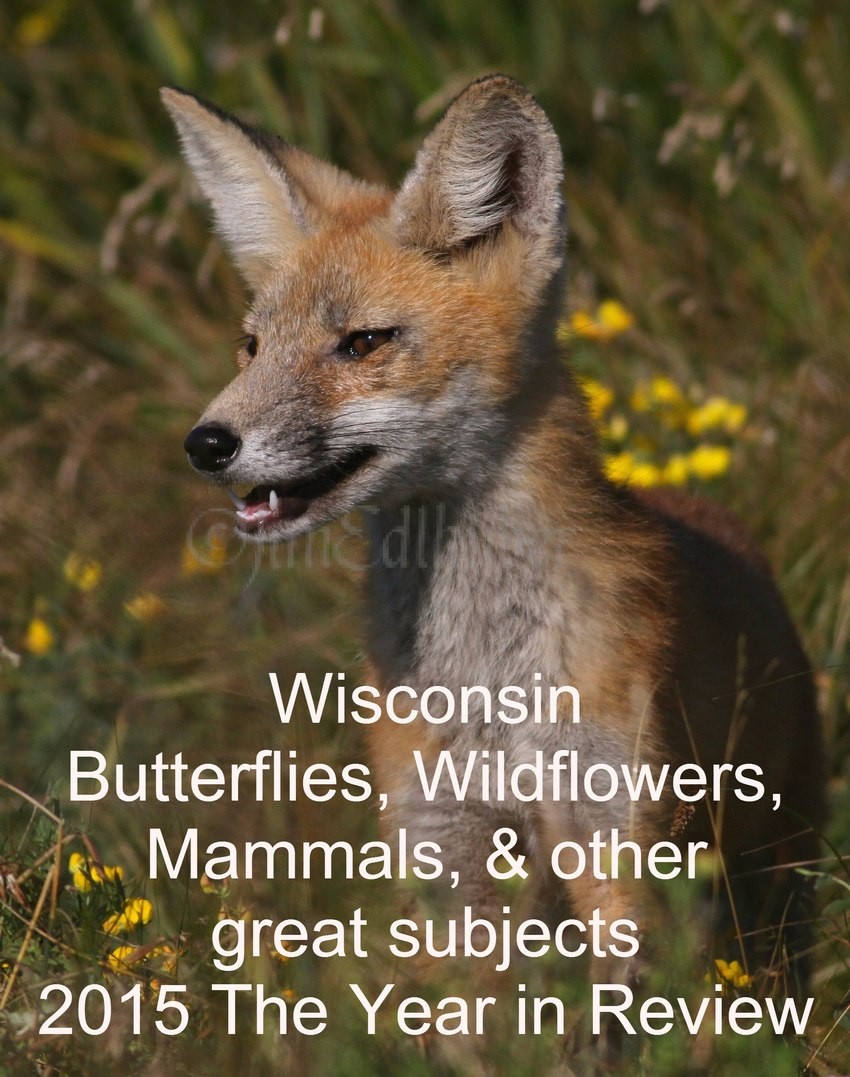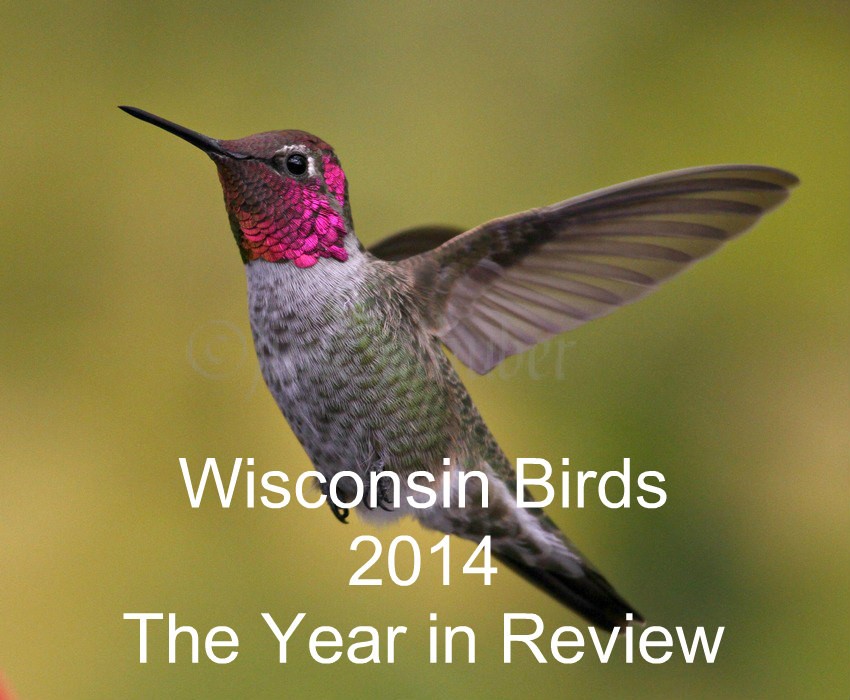This Great Gray Owl was reported by a local resident. Two days after the posting, I made the run up to Mauston very early in the morning. The exact location of this owl was not given but I had a hunch on where the location was. Two other bird parties arrived early and the bird was located after an hour of searching. I spent the better part of the day enjoying great looks of this bird along with a couple other birders as the bird stayed most of the day with in viewing area. I was able to record a short video, too. When it did disappear, it was only for a short period time. Photographs taken February 27, 2013 in Mauston, WI.
Great Gray Owl
Binomial name: Strix nebulosa
Category: Typical Owls
Description: Gray feathers in various shades cover the body. The upper parts are gray with pale streaks while the underparts are gray with dark streaks. Yellow eyes surrounded by dark circles.
Size: 24” – 33” long, 55” – 60” wingspan
Weight: 1.3 lbs. – 4.2 lbs.
Habitat: Conifer and pine forests, near open areas such as meadows or wetlands
Diet: Rodents (especially voles), hares, weasels, thrushes, grouse, and ducks
Nesting: Great Gray Owls do not build nests. They may occupy a nest previously built by other large birds such as hawks or other raptos. They may also nest in broken tree tops or empty tree cavities. A female usually lays 2 to 5 eggs and raises 1 brood per season. Only the female incubates the eggs and the incubation period lasts about 30 days. The male will hunts for enough food to feed both the female and the chicks until they become fledglings, 3 to 4 weeks after hatching.
Notes: The Great Gray Owl has a highly developed sense of hearing which is vital to hunting. They may even locate and capture prey moving beneath snow or ice, plunging through to make the catch.
To see the full gallery of images, please click here.

